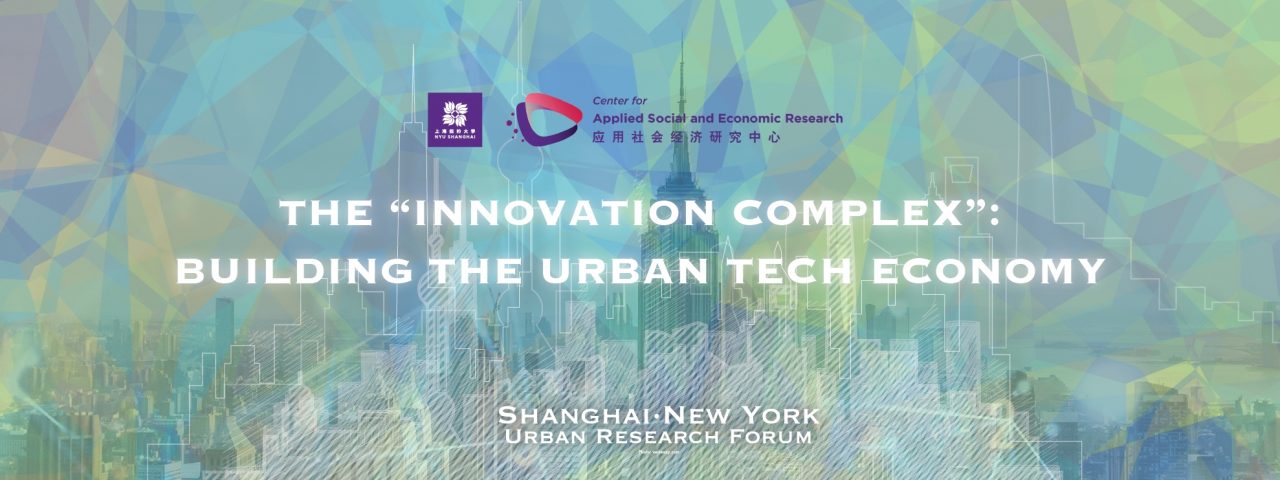Share:
The “Innovation Complex”: Building the Urban Tech Economy

- Sharon Zukin, Professor Emerita of Sociology and of Earth and Environmental Sciences, Brooklyn College and Graduate Center, City University of New York
- 8:00 pm-9:30 pm, Thursday, March 17, 2022 (CST)
- Seminar hosted via Zoom
Abstract
Like Shanghai, New York in the 21st century has built an urban tech economy on a complex matrix of land, labor, and financial capital. The city not only provides big markets for digital apps and digital data, it acts through the local state as a strategic planner, real estate developer, and investor. But the New York city government is limited by the amount of land it can control, a preference for funding infrastructure rather than specific companies, and a reliance on public-private-nonprofit partnerships. How, then, has it been possible for New York to become the second-largest tech ecosystem in the United States, after Silicon Valley and San Francisco? How can innovation move past the covid-19 pandemic and into future growth areas? And how can the city be an “innovation economy” without granting power to big tech companies?
Biography
Sharon Zukin is professor emerita of sociology and of earth and environmental sciences at Brooklyn College and the CUNY Graduate Center. She specializes in fine-grained analysis of the interaction between economic and cultural change, on the level of regions, cities, neighborhoods, and streets. Her books Loft Living, Landscapes of Power, The Cultures of Cities, and Naked City have been translated into Chinese, as has her most recent book, The Innovation Complex: Cities, Tech, and the New Economy, just published by Truth & Wisdom Press in Shanghai. Landscapes of Power won the C. Wright Mills Award of the Society for the Study of Social Problems, and Naked City won the Jane Jacobs Award for Urban Communication. With Philip Kasinitz and Xiangming Chen, she directed a multi-city study of globalization and gentrification on local shopping streets, Global Cities, Local Streets: Everyday Diversity from New York to Shanghai, also available in Chinese. She has been a visiting professor at Tongji University, the University of Amsterdam, and the University of Western Sydney, as well as a Broeklundian Professor at Brooklyn College.

